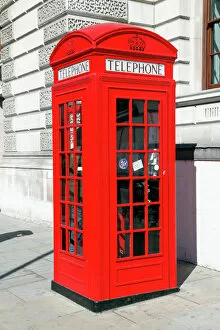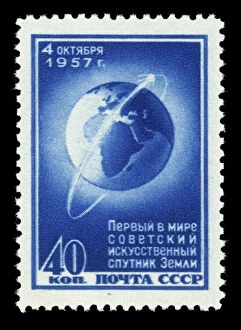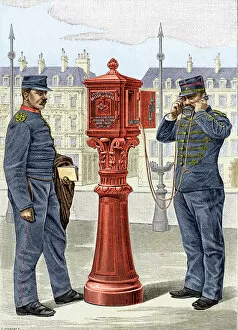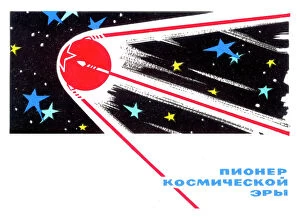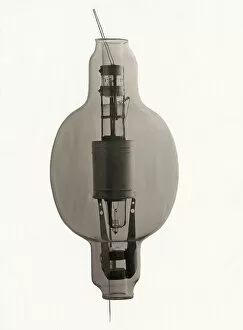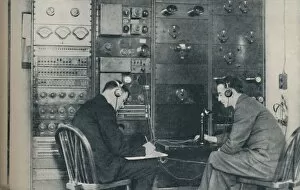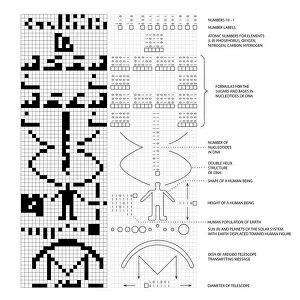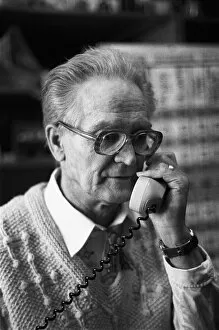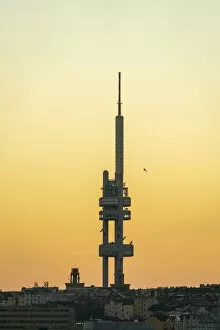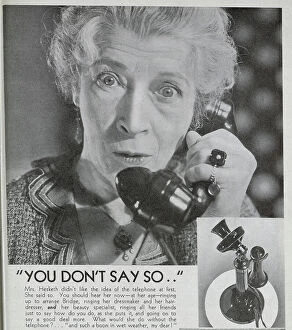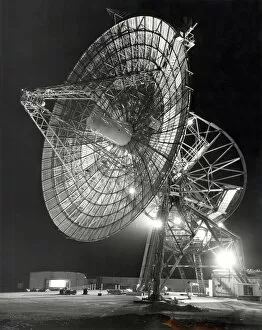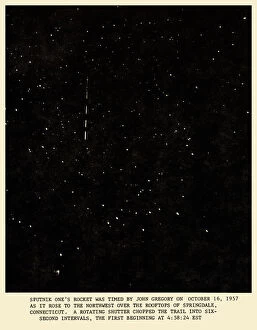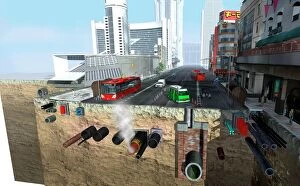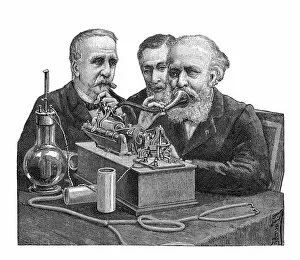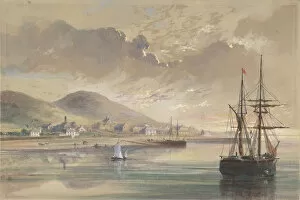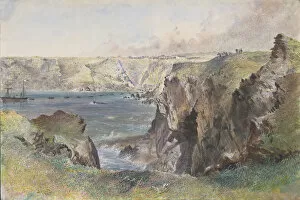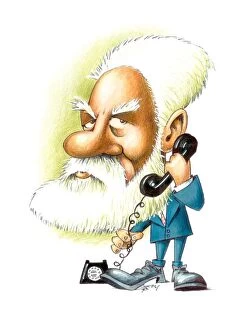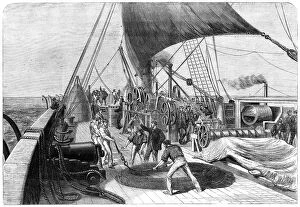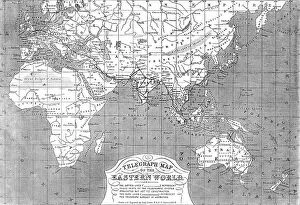Telecommunications Collection
"From Red Telephone Boxes to Satellite Communication
All Professionally Made to Order for Quick Shipping
"From Red Telephone Boxes to Satellite Communication: A Journey through Telecommunications History" Step into the past and explore the fascinating world of telecommunications. 📞🌍 1️⃣ In London, iconic red telephone boxes stand as a symbol of communication, connecting people near and far. 2️⃣ The Sputnik 1 stamp commemorates the historic moment when humanity ventured beyond Earth's atmosphere, paving the way for satellite communications. 3️⃣ Marconi radio valves revolutionized wireless communication, enabling messages to be transmitted across vast distances effortlessly. 4️⃣ Early fire brigade street alarms served as an early form of emergency communication, ensuring swift response in times of crisis. 5️⃣ Sending postcards featuring Sputnik 1 allowed people to share their excitement about space exploration and its impact on telecommunications. 6️⃣ Goonhilly Satellite Earth Station played a crucial role in transmitting signals from satellites orbiting our planet, bridging continents with ease. 7️⃣ Guglielmo Marconi, hailed as the father of radio invention, pioneered wireless telegraphy that transformed global communication forever. 8️⃣ The Arecibo message intrigued scientists worldwide—a coded key (C016 / 6817) unlocking potential extraterrestrial contact within its enigmatic contents. 🛸 9️⃣ Witnessing history unfold at Newcastle Telephone Exchange's switchboard on January 24th, 1931—operators diligently connected calls amidst buzzing wires and ringing bells. 🔟 From aboard a ship in 1916, a wireless officer skillfully tapped out Morse Code messages—an essential means of maritime communication during wartime. ⚓ 🔁 Telegraph poles lining transcontinental railroads facilitated rapid information exchange across vast landscapes—uniting nations like never before.

